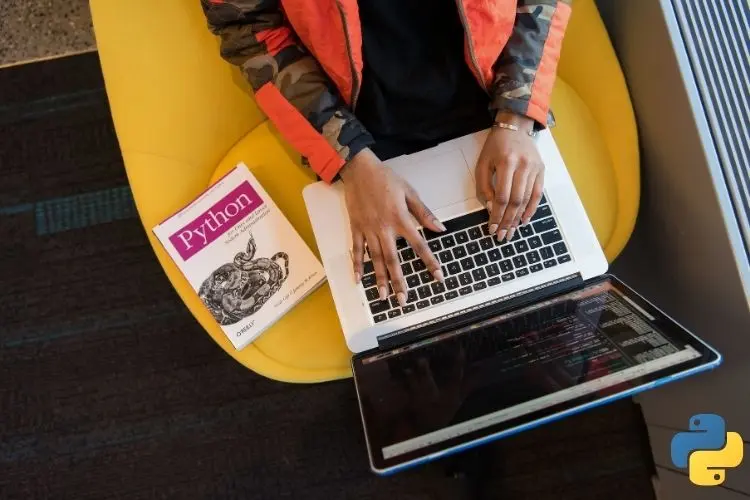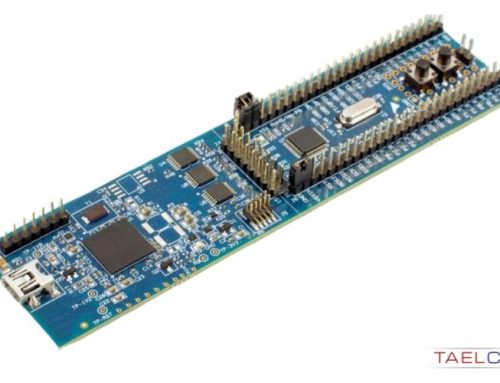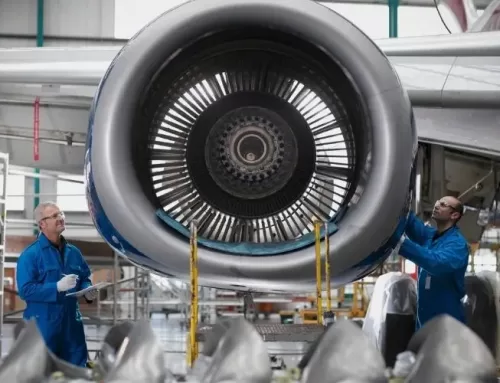Everything you need to know about Python!
Everything You Need to Know About Python Python is one of the most popular programming languages in the world, and for good reason. It is a versatile language that can be used for web development, data analysis, artificial intelligence, and much more. In this article, we will go over everything you need to know about Python.
What is Python?
Python is a high-level, interpreted programming language that was created by Guido van Rossum in the late 1980s. It is an object-oriented language that is easy to learn and read, making it a great language for beginners. Python is also an open-source language, meaning that it is free and can be modified and distributed by anyone.
Why Use Python?
Python has quickly become one of the most popular programming languages in the world due to its versatility and ease of use. Some of the main reasons why developers use Python include:
- Easy to Learn: Python has a simple syntax that is easy to understand, making it a great language for beginners.
- Large Community: Python has a large and active community of developers, meaning that there are plenty of resources and support available.
- Versatile: Python can be used for a wide range of applications, including web development, data analysis, artificial intelligence, and much more.
- Open-Source: Python is free to use and can be modified and distributed by anyone.
- Scalable: Python is a scalable language that can be used for small projects or large, enterprise-level applications.
How to Get Started with Python?
Getting started with Python is easy. Here are the steps you can follow:
- Download and Install Python: Visit the official Python website (https://www.python.org/downloads/) and download Python for your operating system.
- Choose an IDE: An integrated development environment (IDE) is a software application that provides a comprehensive environment for coding. Some popular Python IDEs include PyCharm, Sublime Text, and Visual Studio Code.
- Learn the Basics: Once you have installed Python and chosen an IDE, it’s time to start learning the basics of Python. There are plenty of online resources available, including tutorials, courses, and books.
- Practice, Practice, Practice: The best way to learn Python is by practicing. Start with small projects and work your way up to larger, more complex applications.
Let’s explain the details for all the steps given above!!!
Sure, I’d be happy to explain in more detail the steps to get started with Python:
- Download and Install Python: To get started with Python, you need to download and install the programming language on your computer. You can do this by visiting the official Python website (https://www.python.org/downloads/) and choosing the version of Python that is compatible with your operating system. Once you’ve downloaded the installer, double-click on it and follow the installation prompts.
- Choose an Integrated Development Environment (IDE): An IDE is a software application that provides a comprehensive environment for coding, testing, and debugging. There are many IDEs available for Python, and it’s important to choose one that best suits your needs.
- Learn the Basics: After you have installed Python and an IDE, it’s time to start learning the basics of Python. The best place to start is with the official Python documentation (https://docs.python.org/3/), which provides detailed information on all aspects of the language. You can also find many online tutorials, courses, and books on Python.
Among the most popular ones are:
- PyCharm: A powerful, full-featured IDE with a steep learning curve but a lot of functionality
- Visual Studio Code: A lightweight, open-source code editor with a large set of extensions and integrations
- Spyder: A MATLAB-like IDE that is well-suited for scientific computing and data analysis
- Sublime Text: A simple, fast code editor with a large collection of plugins
Pick the one that best suits your coding preferences and skill level. You can also try several IDEs to find the one that you feel most comfortable with.
Here are some essential concepts you should learn:
- Variables and data types: In Python, you declare a variable to store a value or object. Python has several built-in data types, including integers, floating-point numbers, strings, and boolean values.
- Control flow statements: These statements allow you to control the flow of execution in your Python program. They include if/else statements, loops, and exception handling.
- Functions: Functions are blocks of code that perform a specific task. A good practice in Python is to write functions that are specific, small, and easy to read and understand.
- Modules and packages: Python’s modular design makes it easy to reuse code across different projects. You can import code from other Python files (modules) or entire libraries (packages) to extend the functionality of your program.
Practice, Practice, Practice: The best way to learn Python is by practicing. Start with small projects and gradually work your way up to larger, more complex applications. Participate in online communities, forums, and events related to Python to gain exposure to different approaches and practices.
Conclusion
Learning Python is an excellent choice for anyone who wants to start a career in software development, data analysis, or machine learning. Python’s simplicity, versatility, and vast community support make it an excellent entry point for beginners, while its powerful libraries and frameworks make it a go-to tool for professional developers. By having a solid understanding of Python basics, you’ll be able to tackle a wide range of programming tasks, and you’ll be on your way to developing cutting-edge applications and tools.
In this article, we have explained in detail “Everything you need to know about Python!” which is a frequently asked question in the aviation industry. If you are interested in aviation and engineering fields, you can read NASA as a global source and other articles on the TAELCO Blog as a Turkish source.






Leave A Comment